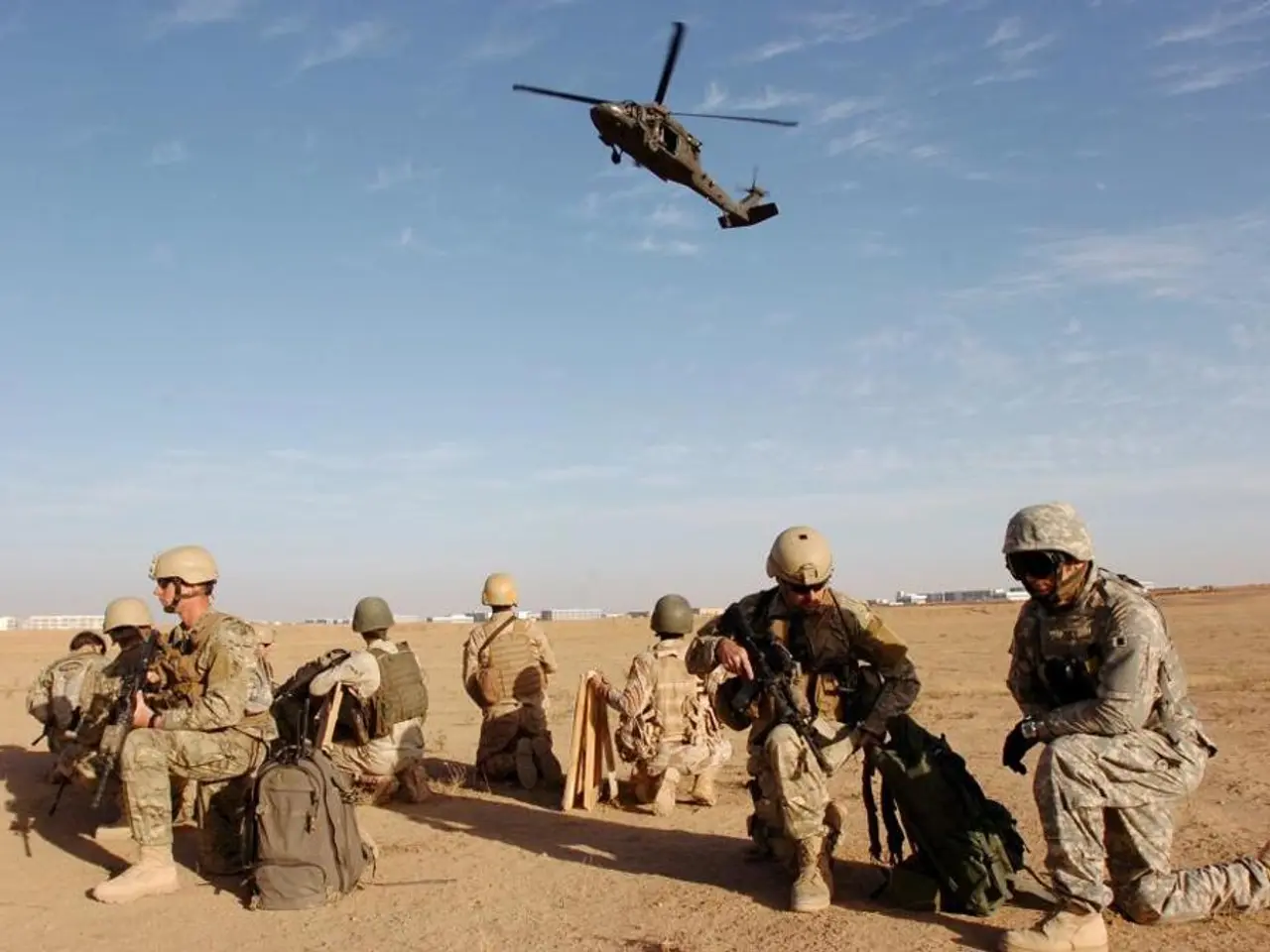Aircraft from China Gain Radar Hidden Capability through Economic Ingenuity
As the world continues to evolve, so too does the landscape of military technology. One of the most significant developments in recent years is China's rise in affordable stealth technology, challenging Western defense mechanisms and redefining aerial warfare. This article explores the countermeasures Western nations are employing to address this shift, focusing on technological innovation and strategic operational concepts.
One such initiative is the development of Collaborative Combat Aircraft (CCA) and Loyal Wingmen. The U.S. and its allies are investing in pairing manned stealth fighters with unmanned collaborative combat aircraft. These unmanned drones use active radar to detect and track enemy aircraft while allowing stealth fighters to remain electronically silent, thus avoiding detection. The "loyal wingmen" can also jam enemy radars and extend engagement range by enabling long-range missile strikes before the enemy is aware. This approach enhances survivability and complicates adversary targeting efforts, directly addressing challenges posed by China's stealth fighters and sixth-generation aircraft like the J-36.
Another countermeasure is the advancement of electronic warfare capabilities to counter Chinese stealth and sensor technologies. Western forces are developing sophisticated communications jamming and electronic countermeasures designed to degrade China's radar, sensor networks, and coordinated missile systems, thereby disrupting their "multi-domain kill-web" that integrates aircraft, sensors, and missiles.
To offset stealth advantages, Western militaries are emphasizing integrating multiple sensor types—acoustic, magnetic, optical, and electronic—augmented by artificial intelligence and data fusion to detect, identify, and counter stealth aircraft and their supporting systems. This approach aims to maintain situational awareness and targeting capabilities even against advanced stealth and low-observable platforms.
Recognizing the threat of Chinese missiles and their integration with stealth and electronic warfare aircraft, Western militaries are enhancing hypersonic weapon programs and long-range strike capabilities to counteract China's ability to project power and challenge air dominance.
Since China's kill chain depends heavily on space-enabled sensing, including satellites for targeting, Western nations are developing anti-satellite capabilities and resilient space assets to deny China reliable access to space-based intelligence. This disrupts China's find-and-fix targeting process, which is critical for effective use of stealth and other advanced air technologies.
In summary, Western countermeasures combine advanced unmanned systems working alongside stealth fighters, electronic warfare, multi-sensor integration with AI, space domain operations, and hypersonic weapons development. Together, these efforts aim to detect, disrupt, and neutralize China's affordable stealth technology and its broader integrated aerial warfare capabilities.
The need for these countermeasures has put pressure on defense budgets already stretched by global commitments. Western military forces might need to explore new doctrines emphasizing flexibility, rapid response, and enhanced electronic warfare capabilities to adapt to this evolving landscape. The strategic edge in aerial combat held by countries with advanced radar systems is being recalibrated due to improved Chinese stealth capabilities. The importance of international collaboration in developing countermeasures against emerging threats, such as Chinese stealth technology, is underscored.
The article also discusses the year 2025 as a potential reality for military AI, although specific details about its development are not provided. The development might provoke international reactions due to its strategic implications. The emergence of this technology is redefining the landscape of aerial warfare, and nations must innovate and collaborate to maintain their security posture in an ever-evolving landscape.
- In order to counteract the impact of Chinese stealth technology, Western military forces are innovating by developing the Collaborative Combat Aircraft (CCA) and Loyal Wingmen, which utilize advanced technology and strategic concepts to improve survivability and complicate adversary targeting efforts.
- To maintain a strategic edge in aerial combat, nations must continue investing in research and development of cutting-edge technology, such as electronic warfare capabilities, multi-sensor integration with artificial intelligence, space domain operations, and hypersonic weapons, as highlighted in the article's discussion of the potential impact of military AI by the year 2025.




